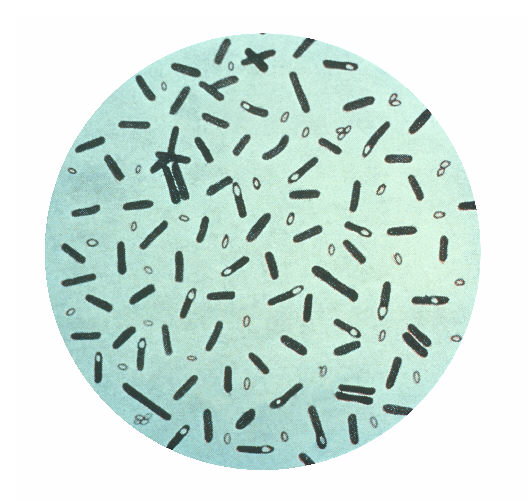 Por Caio T. C. C. Rachid, Adriana L. Santos,Marisa C. Piccolo,Fabiano C. Balieiro,Heitor L. C. Coutinho,Raquel S. Peixoto,James M. Tiedje, e Alexandre S. Rosado
Por Caio T. C. C. Rachid, Adriana L. Santos,Marisa C. Piccolo,Fabiano C. Balieiro,Heitor L. C. Coutinho,Raquel S. Peixoto,James M. Tiedje, e Alexandre S. Rosado
O cerrado brasileiro é um dos mais importantes reservatórios da biodiversidade do mundo. O cultivo da cana de açúcar está se expandindo neste bioma e estudos de como esta atividade agricola pode afetar as propriedades do solo e as comunidades nativas de bactérias do Cerrado são necessários. Neste estudo foi detectada uma redução da população bacteriana nos solos agrícolas quando comparado com as populações nativas do solo de cerrado. O cultivo de cana de açúcar levou a mudanças significativas na comunidade bacteriana, sendo que o filo Firmicutes e as Acidobacteria foram os grupos mais afetados.
Effect of Sugarcane Burning or Green Harvest Methods on the Brazilian Cerrado Soil Bacterial Community Structure
Caio T. C. C. Rachid, Adriana L. Santos,Marisa C. Piccolo,Fabiano C. Balieiro,Heitor L. C. Coutinho,Raquel S. Peixoto,James M. Tiedje, e Alexandre S. Rosado
1.Institute of Microbiology Paulo de Góes, Federal University of Rio de Janeiro, Rio de Janeiro, Rio de Janeiro, Brazil
2.Center for Nuclear Energy in Agriculture, Universidade de São Paulo, Piracicaba, São Paulo, Brazil,
3.Embrapa Solos, Rua Jardim Botânico, Rio de Janeiro, Rio de Janeiro, Brazil
The Brazilian Cerrado is one of the most important biodiversity reservoirs in the world. The sugarcane cultivation is expanding in this biome and necessitates the study of how it may impact the soil properties of the Cerrado. There is a lack of information especially about the impacts of different sugarcane management on the native bacterial communities of Cerrado soil. Therefore, our objective was to evaluate and compare the soil bacterial community structure of the Cerrado vegetation with two sugarcane systems.
Methods
We evaluated samples under native vegetation and the impact of the two most commonly used management strategies for sugarcane cultivation (burnt cane and green cane) on this diversity using pyrosequencing and quantitative PCR of the rrs gene (16S rRNA).
Results and Conclusions
Nineteen different phyla were identified, with Acidobacteria (≈35%), Proteobacteria (≈24%) and Actinobacteria (≈21%) being the most abundant. Many of the sequences were represented by few operational taxonomic units (OTUs, 3% of dissimilarity), which were found in all treatments. In contrast, there were very strong patterns of local selection, with many OTUs occurring only in one sample. Our results reveal a complex bacterial diversity, with a large fraction of microorganisms not yet described, reinforcing the importance of this biome. As possible sign of threat, the qPCR detected a reduction of the bacterial population in agricultural soils compared with native Cerrado soil communities. We conclude that sugarcane cultivation promoted significant structural changes in the soil bacterial community, with Firmicutes phylum and Acidobacteria classes being the groups most affected.
Referencia: Rachid CTCC, Santos AL, Piccolo MC, Balieiro FC, Coutinho HLC, et al. (2013) Effect of Sugarcane Burning or Green Harvest Methods on the Brazilian Cerrado Soil Bacterial Community Structure. PLoS ONE 8(3): e59342. doi:10.1371/journal.pone.0059342

















